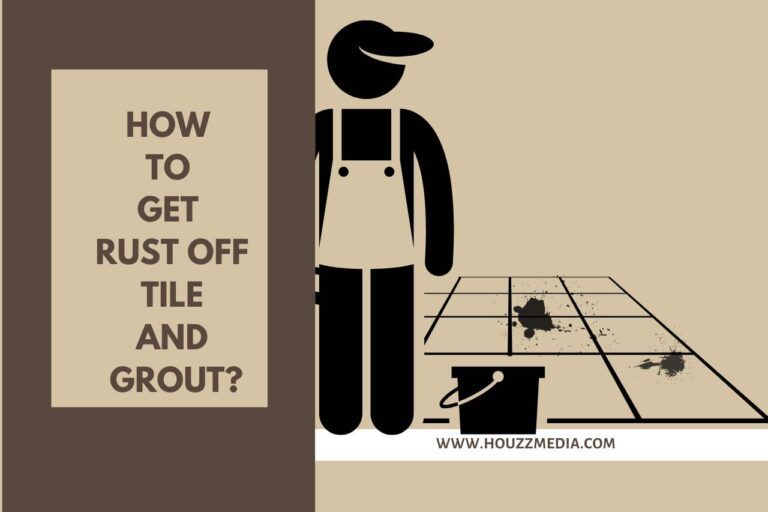How to Safely Clean and Restore Travertine Tile Showers?
A travertine shower is the epitome of elegance. The intricate designs and textures command your attention. Many individuals are not aware that the porous nature of these pricey tiles means that soap scum will ultimately build up. This article will demonstrate thoroughly cleaning a travertine shower without harming the stone or tile or using abrasive chemical cleaners. We’ll discuss how to clean travertine tile shower, the best cleaning procedures for travertine showers, and general dos and don’ts to preserve this natural stone in excellent condition.
What is Travertine Tile and Why is it Important to Clean it Properly?
Travertine is a type of natural stone. It is found around mineral deposits and has a texture similar to marble, especially in hot springs and limestone caverns. Travertine floors can be really attractive.
Cleaning travertine floors is challenging. Regular maintenance and cleaning must be carried out. The stone is more delicate than granite or marble because it is 100% natural. You can use nonacid liquids to clean the surface. pH-neutral cleaning agents work well on this type of flooring. The strong chemicals could discolour the stone. Grout lines should always be cleaned, and the stone should be sealed at least once a year. With a few straightforward precautions, the resilience and gloss of your travertine floor can be increased.
How do you Prepare the Shower for Cleaning?
When cleaning a travertine shower, use a cleaner, especially for porous natural stone surfaces. Using vinegar or other acidic cleaners on travertine or other limestone surfaces is not advised. DIY cleaning solutions shouldn’t be used on travertine because they could damage the stone.
How do you Clean the Travertine Tile Shower?
- Remove any loose dirt or debris from the area around the shower by sweeping it or vacuuming it.
- You should combine warm water with a pH-neutral cleaner designed especially for natural stone. If not acidic cleaners may cause damage the tile.
- Use a sponge or soft-bristled brush to apply the cleaning solution to the shower. Make sure to coat the tile, including the grout, completely.
- Let the cleaning solution sit on the tile for a few minutes to eliminate dirt or soap scum.
- To completely remove all traces of the cleaning chemical, thoroughly rinse the tile with clean water.
- Dry the tile with a clean cloth or let it air dry completely.
- Remove any loose dirt or debris from the area around the shower by sweeping it or vacuuming it.
- You can use a natural stone cleaner for travertine tile to remove harder stains like mildew. Carefully adhere to the manufacturer’s directions.
- You can use a sealant made especially for travertine tile to prevent future stains and damage. This will help to safeguard the surface and maintain its brand-new appearance.
- To prevent harming or discolouring the tile, always test any cleaning chemicals on a tiny, discrete section before applying them to the full shower.
What should you Avoid when Cleaning Travertine Tile in the Shower?
- Use no acid-containing cleaning products like vinegar, lemon juice, or other cleaners. These can potentially etch the travertine tile’s surface, dulling or discolouring it.
- Avoid scouring pads and abrasive cleaners on the tile’s surface to prevent damage or scratching.
- Strong chemicals or cleaners that are not specifically designed for use on natural stone, high-pressure or steam cleaning techniques, as these can push water and dirt into the porous surface of the travertine tile, causing damage or discolouration. Avoid allowing water to remain on the tile’s surface for an extended period to avoid discolouration or water damage.

How do you Maintain the Travertine Tile Shower After Cleaning?
- Your travertine shower tiles should be cleaned weekly with warm water and a light scrub brush to remove any mildew and grime. Keep a close eye on the grout lines.
- Ventilate the area completely after each shower, ideally with an open window to circulate the air.
- Use a towel to wipe remaining water in shower stall.
- Any shampoo or soap spills should be cleaned immediately to prevent stains.
- Tiles made of travertine can be sealed to help prevent staining. Every year, you should have your travertine tiles professionally sealed.
What is the Best thing to Clean Travertine Tile?
Utilize a pH-neutral cleanser designed especially for natural stone. Avoid using cleaning products that are abrasive or acidic since they can harm the travertine’s surface.
VIDEO CREDITS: Ashburn Chemical Technologies YouTube Channel
Is Baking Soda Safe on Travertine?
The use of baking soda on travertine surfaces is generally viewed as permissible due to its lack of abrasiveness and toxic nature. However, you must exercise caution while applying baking soda to your travertine because misuse could be harmful.
Baking soda should only be applied sparingly and carefully for cleaning travertine surfaces due to its moderate abrasiveness. After making a paste out of baking soda and water, apply it to the stained area of your travertine using a soft-bristled brush or cloth. You should gently brush the region in a circular motion without applying too much pressure or scrubbing for too long.
After cleaning the area with baking soda, thoroughly rinse it with clean water before drying it with a soft cloth or towel. Leaving any baking soda residue behind could cause the surface to deteriorate or change colour over time.
Although baking soda is typically safe to use on travertine, not all stains or damage will be removed. Consult a professional stone cleaner or restoration for more severe or persistent stains or damage.
Does Water Damage Travertine?
Travertine is susceptible to damage from water if it is not adequately sealed or maintained.
If water is allowed to rest on travertine for a long time, it may get stained, chipped, or discoloured. This is especially true if the travertine’s sealant has lost its effectiveness over time or was improperly applied.
Water can physically damage travertine surfaces and encourage the growth of mould or mildew, which can be difficult to remove and may require professional cleaning.
To prevent water damage, the travertine must be kept dry and spotless, and any spills or standing water must be cleaned immediately. To guard against stains and water damage, have your travertine regularly sealed by a professional stone cleaner or installer.
Although travertine is a tough and durable natural stone, it does require routine maintenance to prevent damage and preserve its beauty and toughness.
Continue Exploring: More Articles to Keep You Engaged






